Are you looking for a guide to reef dosing? You’ve come to the right place. When beginners get into this amazing hobby it can be very confusing and overwhelming. Maintaining your reef tank can be a challenge. Sometimes it’s difficult to determine your aquarium’s needs, especially when you need to replace seawater.
When it comes to seawater tanks, the biggest problem is that there are numerous options and beginners often can’t decide which one is the best. Your hobby should be simple and enjoyable, not intimidating!
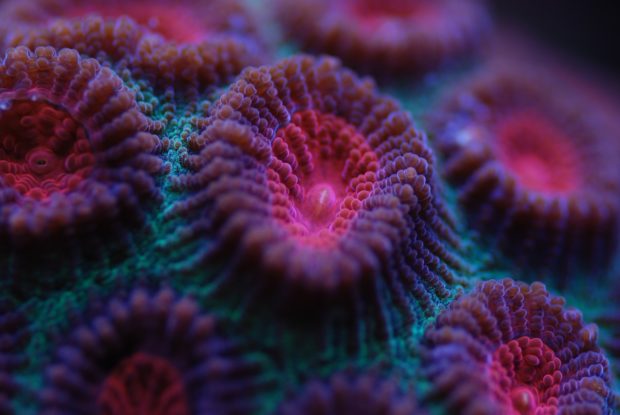
The good news is that you don’t have to worry anymore – this essential guide for beginner aquarists will explain everything you need to know about dosing your tank.
When Should You Start Dosing?
As your reef tank grows and more new corals are added, regular water changes may not be sufficient anymore. With all the new corals, calcium, magnesium, alkalinity, and other elements are sometimes depleted. You need to make some changes to keep up with the coral’s needs.
The best way to maintain your water’s parameters close to natural seawater is to start dosing the tank regularly. Investing in a high-quality dosing pump is probably your best option. It will immediately take you to the next level and make your job easier and more enjoyable. Make sure you do your research and find a dosing pump that is just right for your needs. You should consider several factors but quality always comes first. The second step is to explore different features and accessories. This is a very exciting process and it will make a huge difference.
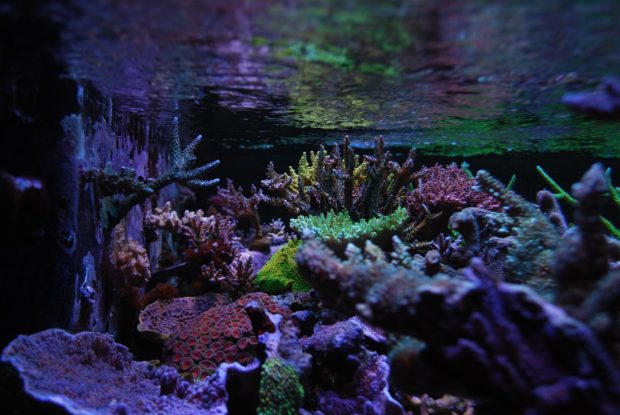
Get To Know Your Reef
Knowing exactly what kind of corals you have is crucial. There are many different options and some of them are very demanding when it comes to dosing.
- LPS are considered most challenging as far as dosing goes
- SPS are very hard, almost like rocks, and can deprive your water of calcium very quickly
- Ducan corals don’t require much attention in the beginning but they reproduce very quickly and can become a colony in no time
- Soft corals are the least demanding and experts often recommend them for total beginners.
Make sure you write a list of all the corals in your reef, including the names, sizes, and specific categories. Don’t forget to consider your water volume as well. Adding rocks and various accessories will decrease your total volume and it’s important to know the exact number to avoid overdosing.
Learn The Demands
Every type of coral has unique demands when it comes to dosing your reef tank. Here is a simple guide to help you get all the info you need.
Soft Corals
These corals grow slowly and many aquarists change water rarely or even skip on dosing. Still, experts recommend doing 10% water changes once a week. Other professionals opt for dosing iodide or strontium, so the choice is up to you.
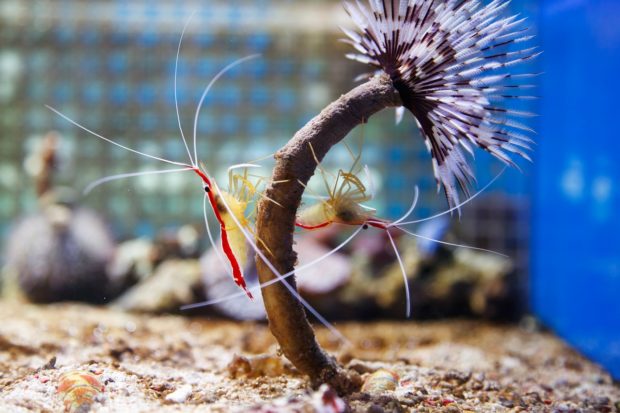
There are many kinds of soft corals. Here is a list of the most popular ones:
- Xenia
- Zoanthids
- Star polyps
- Mushrooms
- Leathers
- Non-skeletal growing corals
- Anemone
- Cladiella
- Discosoma Corals
- Palythoa Corals
- Sarcophyton Corals
LPS
LPS consume loads of calcium and alkalinity and they need much more attention. Don’t forget to keep in check the magnesium levels as well. These corals mustn’t be neglected, which is the reason why they aren’t recommended for complete beginners.
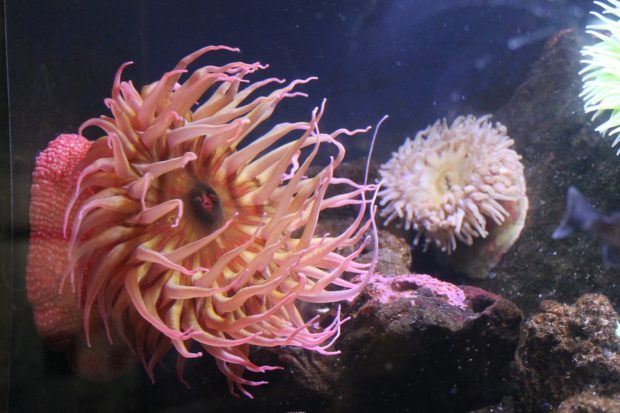
If you still feel adventurous and want to give them a go, here is a list of the best LPS corals for beginner aquarists.
- Acan Brain Coral (Acanthastrea echinata)
- Candy Cane Coral (Caulastrea furcata)
- Hammer Coral (Euphyllia ancora)
- Torch Coral (Euphyllia glabrescens)
- Frogspawn Coral (Euphyllia divisa)
- Brain Corals (Favites spp.)
- Bubble Corals (Plerogyra spp.)
SPS
SPS corals need to have a constant supply of calcium and magnesium but these are the only parameters you need to worry about. All the other elements are replaced during the water changes.
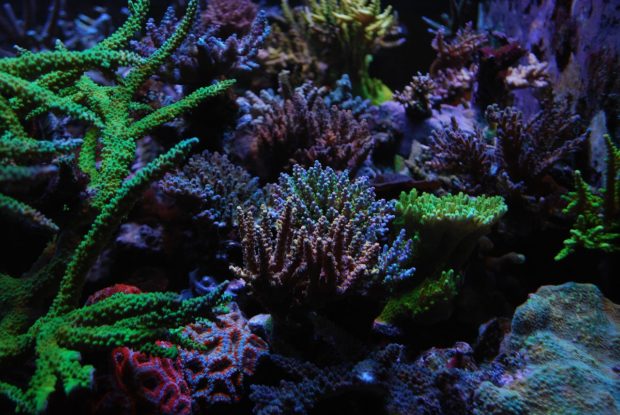
Here is a list of the top 5 SPS corals for beginners:
- Birdsnest Coral
- Stylophorum
- Montipora Digitata
- Montipora Caps
- Green Bali Slimer
Enjoy Your Reef Tank
Once you get familiar with reef tank maintenance and dosing you will become more and more comfortable with it every day. Eventually, you won’t even worry about it a bit and all that will be left to do is for you to enjoy your beautiful corals with your loved ones.
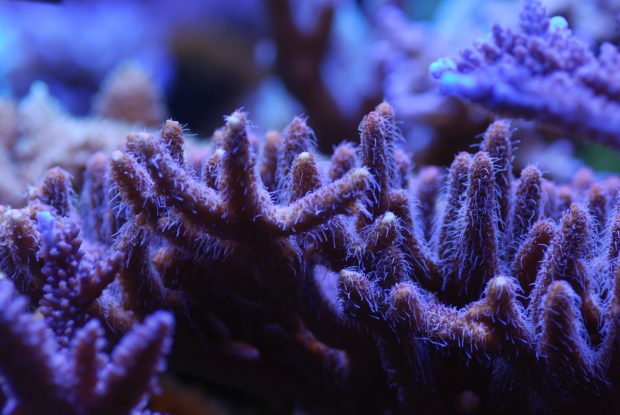
A steady dosing regime and a stable tank will ensure your corals grow brighter and faster. You will witness the birth of many new colonies and get more excited as you turn into an expert aquarist. Good luck and enjoy this wonderful process.
The post Dosing Your Reef Tank: An Essential Guide For Beginner Aquarists appeared first on YourAmazingPlaces.com.


No comments:
Post a Comment